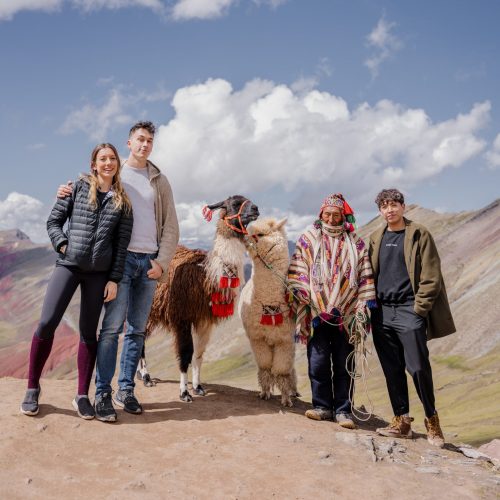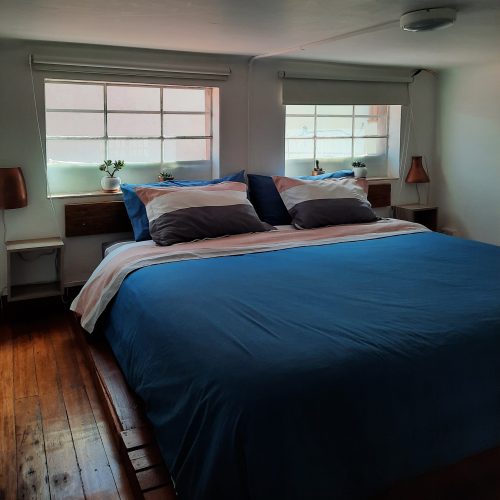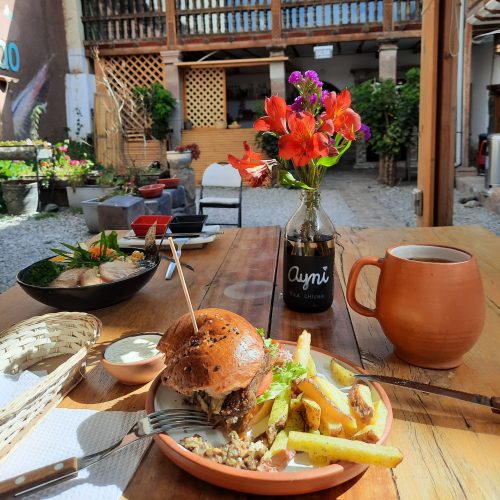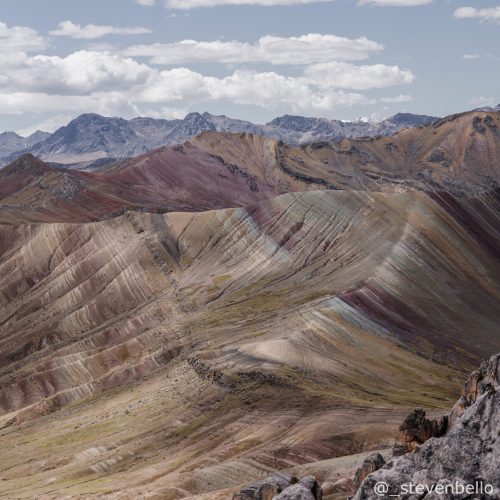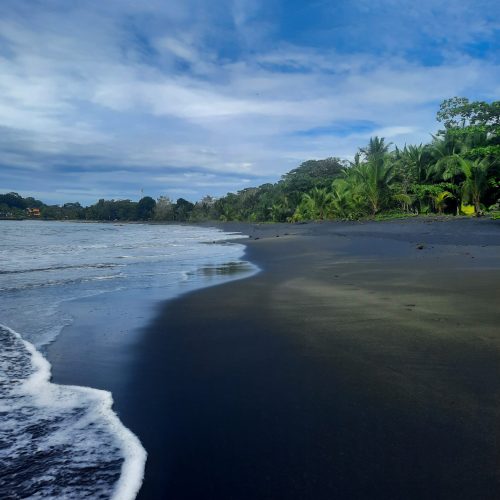Getting around Peru
TRAVEL DATE : APRIL / MAY 2022
Find here how to get around Peru on a budget and also various tips and tricks that turned out useful during our trip from Cusco to Lima.
We travelled in low season, soon after the boarders opened back after the pandemic, so we could book everything last minute and places were not crowded. But in high season you may have to plan your journey well in advance… Note that prices displayed here are not official and can vary depending on the time of booking and visit.
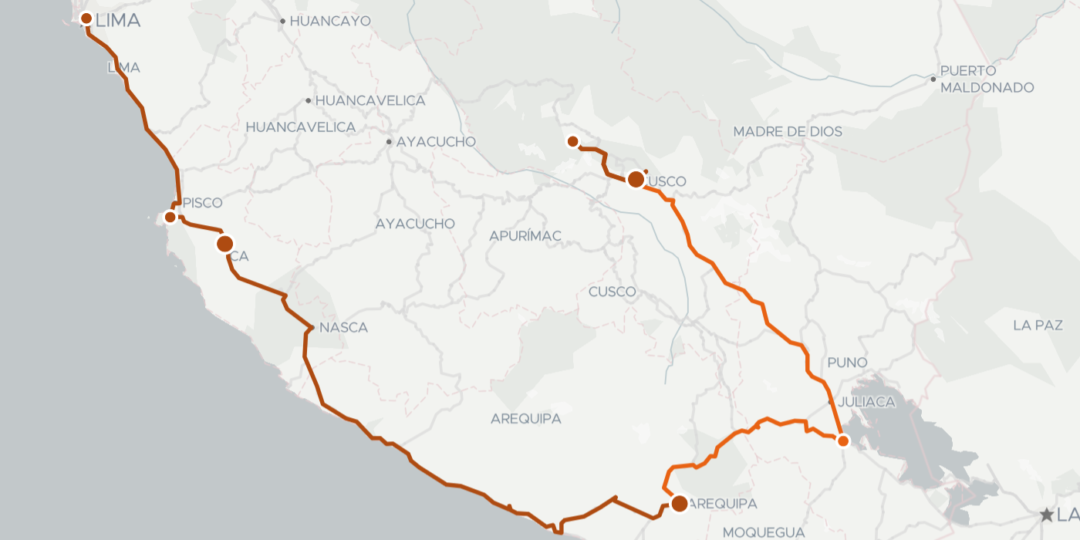
Getting to Machu Picchu
The train is the most famous, comfortable and fast way to make it to Aguas Calientes, the town at the foot of the Old Mountain, unfortunately, it is also rather expensive. But there is a cheaper, longer and more adventurous way through the Sacred Valley to make it there. The trick is to use colectivos: they are combi vans, a kind of mix between buses and taxis, with a dozen of seats, going along specific routes. Their time schedule is rather unpredictable, but they usually cost no more than 5 soles = 1,3 USD per person for a one hour-ish journey.
In Cusco, catch the colectivos around Av. Grau 496. In smaller towns, you can just wait on the main road for it to pass by. Drivers usually honk a lot and have a sign on the windscreen stating where they’re heading to. You can ask the driver to drop you anywhere along the way.
If you have a few days ahead of you, here is a recommended itinerary:
- Day 1 – Cusco to Pisac (by colectivo)
Go for a hike to Pisac Ruins and enjoy the markets in the small streets
- Day 2 – Pisac to Urubamba (by colectivo)
Visit Moray that used to be an experimental agricultural center, and Maras Salt Marshes (you may have to grab a Taxi between Urubamba and Moray).
- Day 3 – Urubamba to Ollantaytambo (by colectivo)
Explore the town and the ruins of the military, religious, administrative and agricultural complex as well as what it left of the temple, considered a monumental work of Inca architecture.
- Day 4 – Ollantaytambo to Santa Teresa (by colectivo + taxi)
First take a colectivo to Santa Maria, the road is long and windy, avoid taking it in rain season due to the snow and landslide. In Santa Maria, catch a taxi to Santa Teresa and enjoy the hot springs at your arrival.
- Day 5 – Santa Teresa to Aguas Calientes (taxi + walk)
Catch a taxi to Hydroelectrica (the end of the road) and start hiking the 10km path along the railway to Aguas Calientes.
- Day 6 – Machu Picchu
You can decide to walk from Aguas Calientes to the entry of Machu Picchu (40min) or take the bus (12USD one way running every 5 to 10 minutes). You can decide to take the bus up but go back down by foot after your visit.
- Day 7 – Aguas Calientes to Cusco (train + colectivo)
Get yourself a train ticket from Aguas Calientes to Ollantaytambo. Even though this bit can be quite expensive, it is an experience, and after all this walking you may want to take it easy. Then catch a colectivo from Ollantaytambo to Cusco, and if you have some energy left, stop on the way in Chinchero to visit the Archeological Park.
Unfortunately, due to some health reasons, we couldn’t complete our original planned itinerary. But we got very lucky as Peru Rail and Inca Rail both had sales going on up to 50% off. We booked from Inca Rail website the whole journey from Cusco to Aguas Calientes and paid 80 USD per person there and back instead of the 160 USD. It got even more lucky when we got a free upgrade to the viewing wagon having a little balcony allowing you to step out of the train. If you have to take the train, I hope you get as lucky as us.
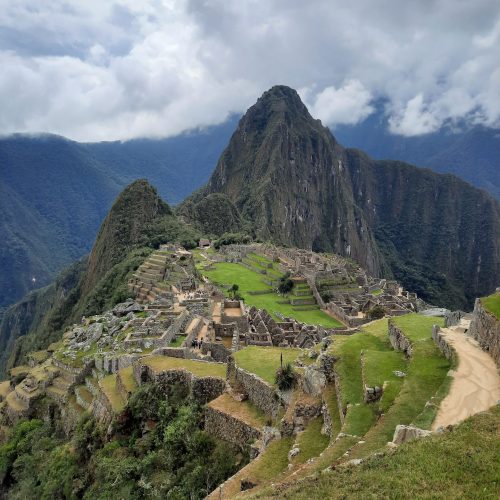
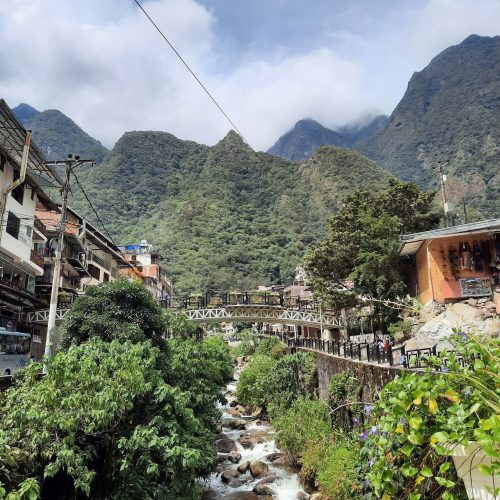
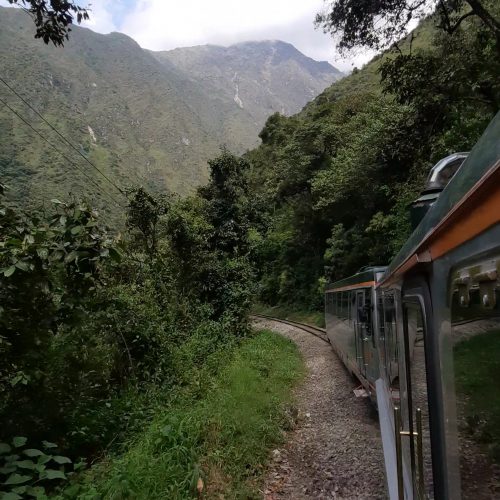
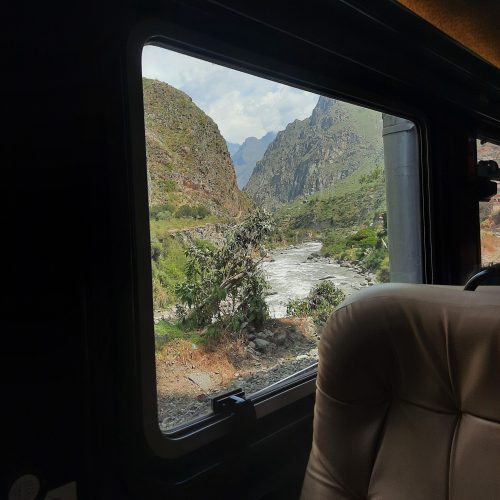
Buses from city to city
There are many buses going between Cusco, Puno, Arequipa, Nazca, Ica, Paracas and Lima. We initially almost booked the Peru Hop, advertising a flexible journey and some extra activities, but the price is rather expensive. No panicky, there are other reliable and much cheaper bus companies you can use.
- We went from Cusco to Puno with Turismomer in a night bus (≈ 7 hours for 20 USD)
- Then from Puno to Arequipa with Transzela booked through Inka Express (≈ 6 hours for 10 USD)
- Arequipa to Ica with Cruz del Sur in a night bus (≈ 13 hours for 25 USD)
- Ica to Paracas with Cruz del Sur (≈ 1 hour for 7 USD)
- Paracas to Lima with Cruz del Sur (≈ 4 hours for 15 USD)
All these bus companies are affordable, with seats that can incline to 140°, toilets and sometimes water and snacks on board. You could even find cheaper, but hearing of all the bus accidents in Peru, I wanted to go with trustworthy companies.
It is super easy to find the timetables, prices and book your journey on the companies’ website. Note that bus terminals, especially in Cusco, can be quite confusing. Sometimes you have to find the office of your bus company to print your tickets (sometimes not), then find the tax cabin to pay the departure tax of 1,5 soles (=0,4 USD, mandatory), and finally go trough the check and find your boarding gate.
Bus terminal are usually rather close from sights, but you may sometimes have to catch a short taxi ride to make it to your destination.

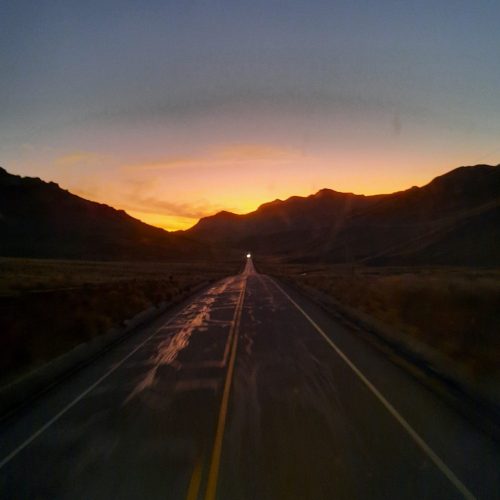

Taxis
They say taxis are the ones who want to trick you the most and I have heard some unpleasant stories. So to be safe, always choose an official taxi (they have to have a number written on the car). Agree on the price before stepping in the taxi “Que es el precio para ir a …?”. If it is for a transfer from a bus station to the city center or a close by site, it shouldn’t be more than 10 soles (2,5 USD). Taxis would tend to say a first price higher if you look like a tourist, you can try negotiating by saying your guide told you it should be another price “nuestro guía dijo que debería ser 10 soles”.
When exiting the airport or a bus station, it is common to be surrounded by taxi drivers offering their service, they can be quite insistent, and it can get quickly overwhelming. We would usually decline all and step further, so we could get to the road where the drivers were waiting in their taxis, and actually check the taxi was displaying the official number. They also say never to accept a taxi that offers a very cheap price, we once got offered a taxi for 1 sole, and that doesn’t augur anything good. Uber is also a reliable option in Peru.
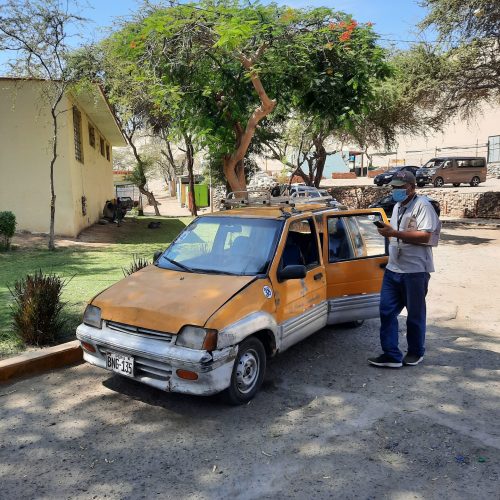
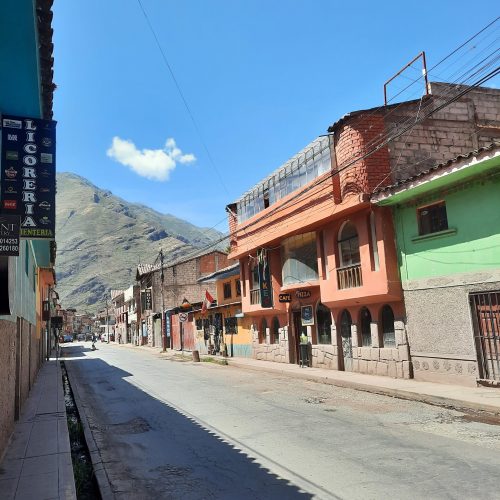

Couchsurfing
Another trick for your travel is to use Couchsurfing: a community of travellers ready to meet up abroad for a drink, activities or even hosting you. The subscription is 2 USD per month and you can then see who is travelling or living in the area where you are going to. You can then get to stay with locals for free, meet other travellers, explore the surroundings through another eye, get travel tips and above all: make friends.
Airbnb and Airbnb experiences
Accommodations in Peru are very affordable if you come with US dollars or Euros. We found most of our stays through Airbnb, sometimes staying in hostels for 10 USD a night or resting in a full private apartment for 30 USD. If you have co-travellers to split the costs, it is rather cheap.
You can also book some activities through Airbnb like cooking classes, city visits, etc… They are different from any other tours you can find and often offered by locals (careful, sometimes it is just some tour companies disguised).
Speaking Spanish
It is super useful to speak a little Spanish for finding your way, book activities and order food in restaurants. So practice before your trip!
